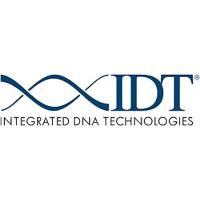HSV Amplicon Vectors in Neuronal Apoptosis Studies
互联网
659
Specific cellular and temporal regulation of gene expression is a goal of many molecular studies. The study of programmed
cell death requires cellular specificity, temporal regulation, as well as the interaction of a myriad of gene products. One
way to regulate these interactions in an apoptotic cell is by specifically altering gene expression using a DNA transfer system.
Several methods exist that are capable of delivering gene constructs into intact animals. DNA can be introduced into cells
by direct DNA transfer using liposome-encapsulated DNA or viral vector systems which carry the gene of interest. An ex vivo
approach can be implemented whereby cells are manipulated to produce the desired gene product and subsequently transferred
to the animal. Transfer can also be accomplished using viral vector systems. In particular, transfer into the central nervous
system and neurons is most commonly accomplished using various viral vector systems. Our laboratory and others have been developing
herpes simplex virus (HSV) amplicon vectors, which are plasmid-based vectors that carry the gene of interest under the control
of a specific promoter. In this chapter, we will review HSV amplicon vectors as a modality for gene transfer in two models
of apoptosis, central nervous system (CNS) ischemia and cochlear degeneration. Improved helper-free amplicon methodology will
be described, as well as advantages and disadvantages associated with this viral vector system.









